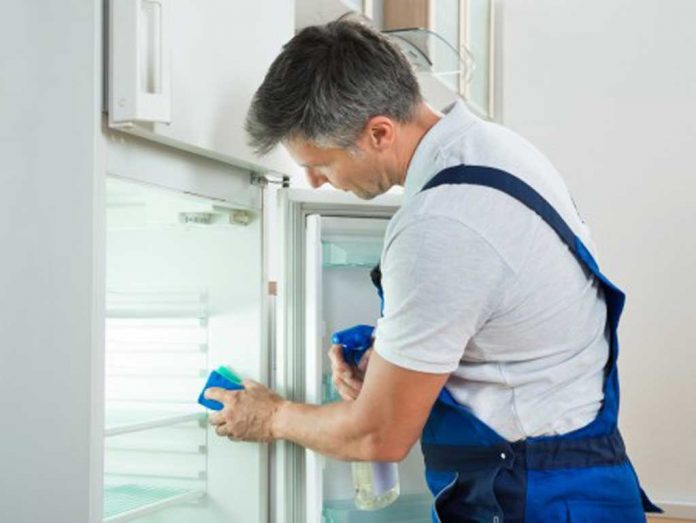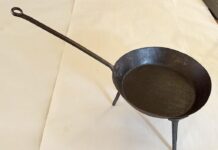Q: “I’ve recently moved into a new home in an area that’s been subject to flash floods. If my home floods, what do I do with the food in my fridge and pantry?”
A: Your question is very similar to another that was asked in a Chow Line column from May 2017, so it’s best answered by re-issuing that column here.
Throw it out
If your home becomes flooded, it is important that you throw away any food that might have come into contact with floodwater. In fact, unless they were in a waterproof container, any foods in your home that came into contact with floodwater need to be thrown out.
Floodwater can seep into and contaminate foods packaged in plastic wrap or cardboard, or stored in containers with screw-on caps, snap lids, or pull tops, according to the U.S. Department of Agriculture’s Food Safety and Inspection Service.
The best way to avoid the potential for foodborne illness in such cases is to throw away all foods not contained in waterproof packaging. That includes any foods in your pantry, cabinets, fridge and freezer that came into contact with floodwater.
Canned goods also need to be inspected for damage due to flooding. Throw away any cans with swelling, leakage, punctures, or deep rusting, or those that are crushed or severely dented and can’t be opened with a can opener.
Foodborne illness
Foodborne bacteria can cause illness. Symptoms will occur usually within one to three days of eating the contaminated food. However, symptoms can also occur within 20 minutes or up to six weeks later, according to the U.S. Food and Drug Administration.
Power outage
In the case of a power outage without flooding, keep the refrigerator and freezer doors closed as much as possible. If not opened, a refrigerator without power will keep food cold for about four hours. A half-full freezer will hold its temperature for about 24 hours, and for 48 hours if the freezer is full, the USDA says.
If the power is out more than four hours, you can store refrigerated foods in a cooler with dry ice or block ice. You can also use dry ice or block ice in the fridge to keep it as cold as possible during an extended power outage, according to the FDA.
Safety tips
The USDA and the FDA offer these other tips for safe food handling after a power outage:
- Check the temperature inside of your refrigerator and freezer. Throw away any foods that have been above 40 degrees for two hours or more.
- Check each item separately. Throw away any food that feels warm to the touch or has an unusual odor, color or texture.
- Check frozen food for ice crystals. The food in your freezer that partially or completely thawed can be safely refrozen if it still contains ice crystals or is 40 degrees or below.
- Remember, when in doubt about the safety of the food item, throw it out. Never taste the food to decide if it is safe to eat, the USDA says.
Refrigerated food should be safe as long as the power was out for no more than four hours and the refrigerator door was kept shut, according to the FDA.
One way to be prepared is to keep a few days’ worth of ready-to-eat foods that don’t require cooking or cooling. And keep a supply of bottled water stored safe from floodwater.
(Chow Line is a service of The Ohio State University College of Food, Agricultural, and Environmental Sciences and its outreach and research arms, Ohio State University Extension and the Ohio Agricultural Research and Development Center.)
















